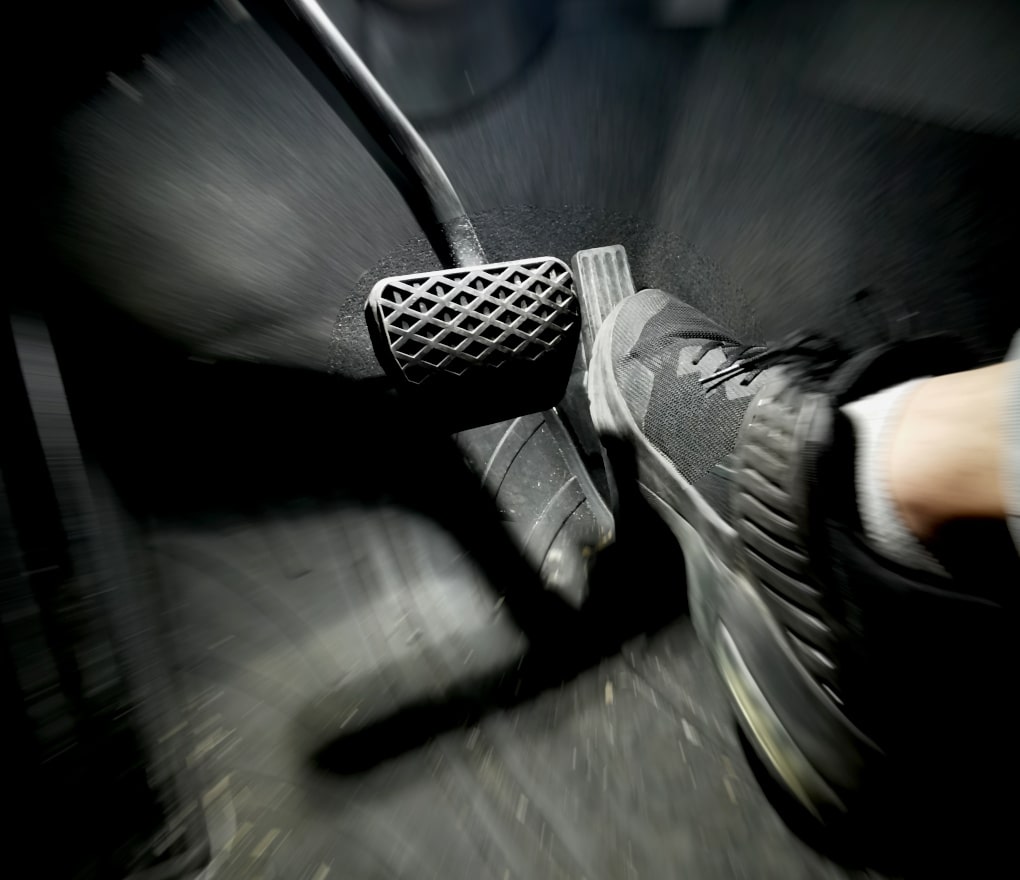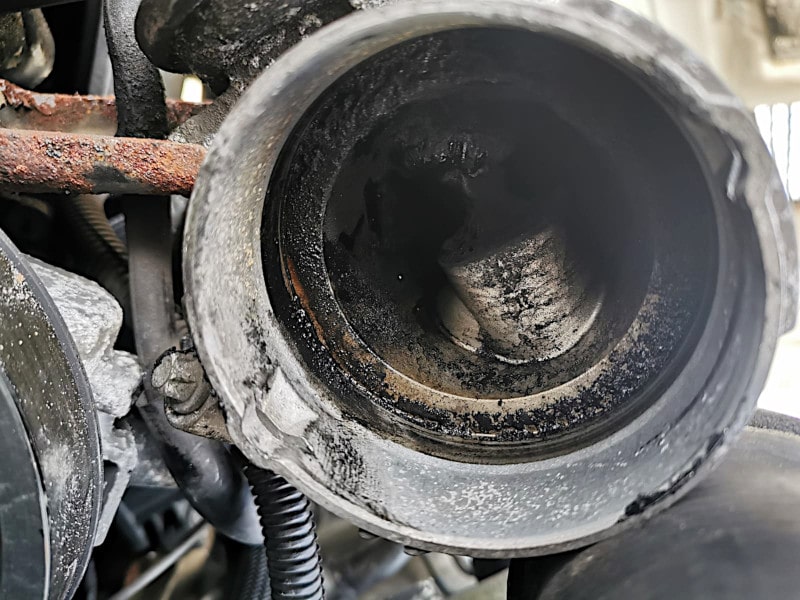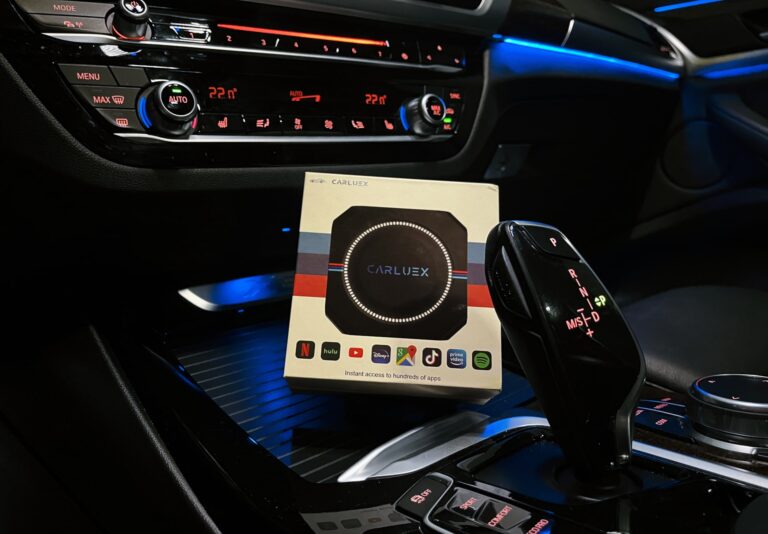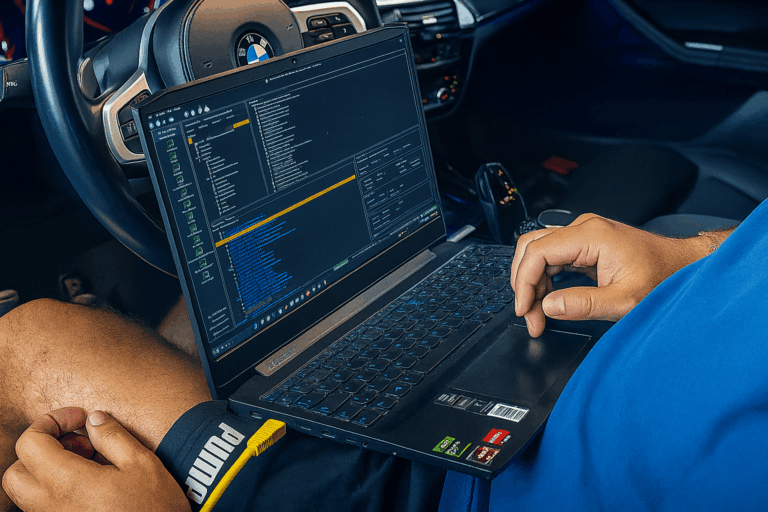
Cleaning EGR Valve while driving?
Driving Tips
Many diesel owners understand "freeing the EGR valve" to mean driving with a high engine load in order to remove soot from the EGR valve. In principle, "free driving" does not remove soot and coking. However, it can be regarded as a gentle driving style for the EGR valve. This engine-heavy driving style ensures that little or no exhaust gas enters the intake tract and combustion chamber of the engine. Although this does not remove any existing coking, the EGR valve is spared in the long term and a defect due to soot formation is prevented. If the valve is already clogged or blocked, only cleaning or replacement will help.
1) EGR valve function
The EGR valve is a component of the exhaust gas recirculation system in the car. Essentially, exhaust gases are extracted before being emitted and reintroduced into the engine. The amount and timing of when the exhaust gases enter the intake manifold are controlled by the EGR valve and the system behind it.
The EGR system is primarily used to reduce nitrogen oxides in cars.
We have detailed the exact functioning of the exhaust gas recirculation and the EGR valve in the following post and illustrated it for you: EGR Valve Function.
The closing of the EGR valve depends on various factors.
The AGR valve always opens when the engine load is low and lets exhaust gas in. This means that it opens when the engine needs less oxygen. Exhaust gases can therefore be recirculated without impairing performance. This mechanism triggers in various situations, such as the:
2) Protect the EGR valve - driving style & route length
To protect the AGR valve as much as possible, you should keep it closed as often as possible. You can do this by adapting your driving style. A protective driving style for the EGR valve is:
However, these driving styles also have disadvantages. Driving at high revs and accelerating hard causes increased fuel consumption and greater stress on the turbocharger. Driving in a high gear at low speed puts more strain on the transmission than usual.
In the end, you have to decide what is more important to you. Either you drive economically and "fun-poor", but more harmful to the EGR system and the engine itself. Or you drive more sporty with a healthier engine, but with higher fuel consumption and therefore higher costs.
3) Conclusion: Free driving possible? Yes/No?
To summarize: If you frequently drive long distances on the freeway with your diesel, you will rarely have problems with the EGR valve. In principle, you cannot drive the EGR valve free. However, you can spare it from heavy soot formation by adopting a somewhat sportier driving style. If it is already too late and your EGR valve is completely coked up, the only thing that will help is cleaning or replacing the component.

* Affiliate links are marked with a *. Nothing changes for you and the offer/price remains the same. You can find more information about affiliate links here.
More Articles
BMW Android Auto & Carplay retrofit | Plug & Play | CARLUEX
BMW Android Auto & Carplay retrofitCARLUEX Experience Are you driving a BMW built before 2020 and want to finally use Android Auto?...
BMW Sport Plus coding: Unlocking driving mode - instructions
BMW Sport & Comfort Plus codingUnlocking driving mode - BMW coding made easy - In this guide you will learn step by step how to...
BMW coding software comparison 2025 | ESys, BimmerCode & Co
BMW Coding Software ComparisonESys, BimmerCode & Co. There are now countless tools for coding a BMW. Different software providers offer...




